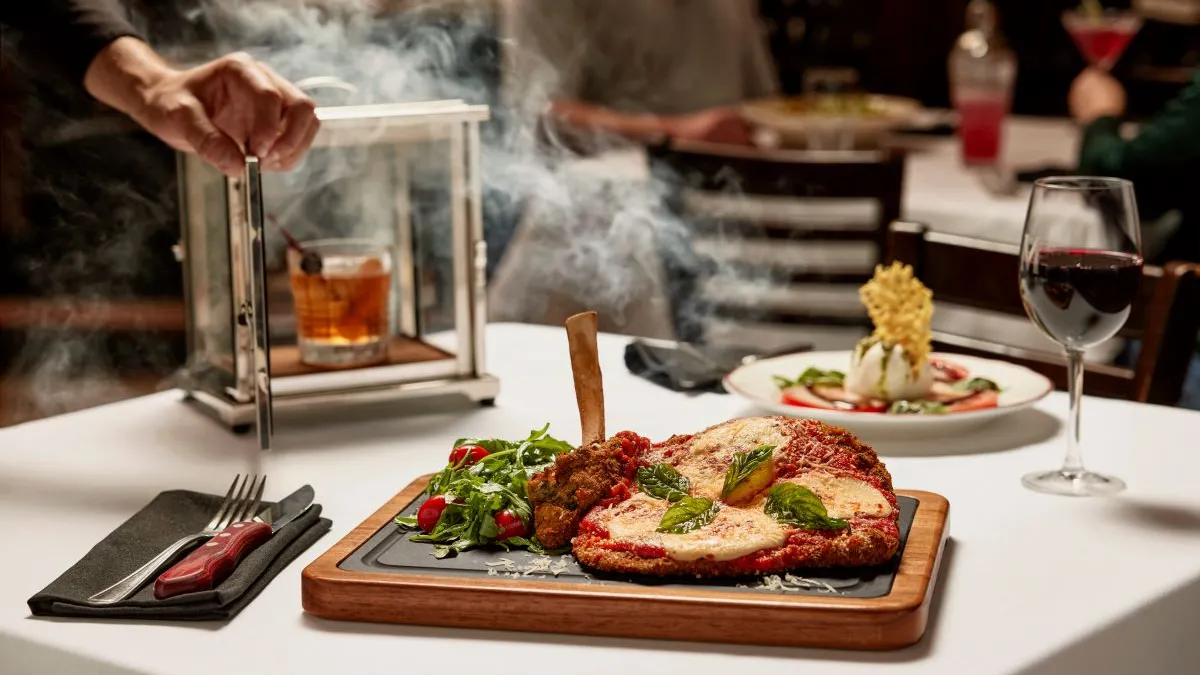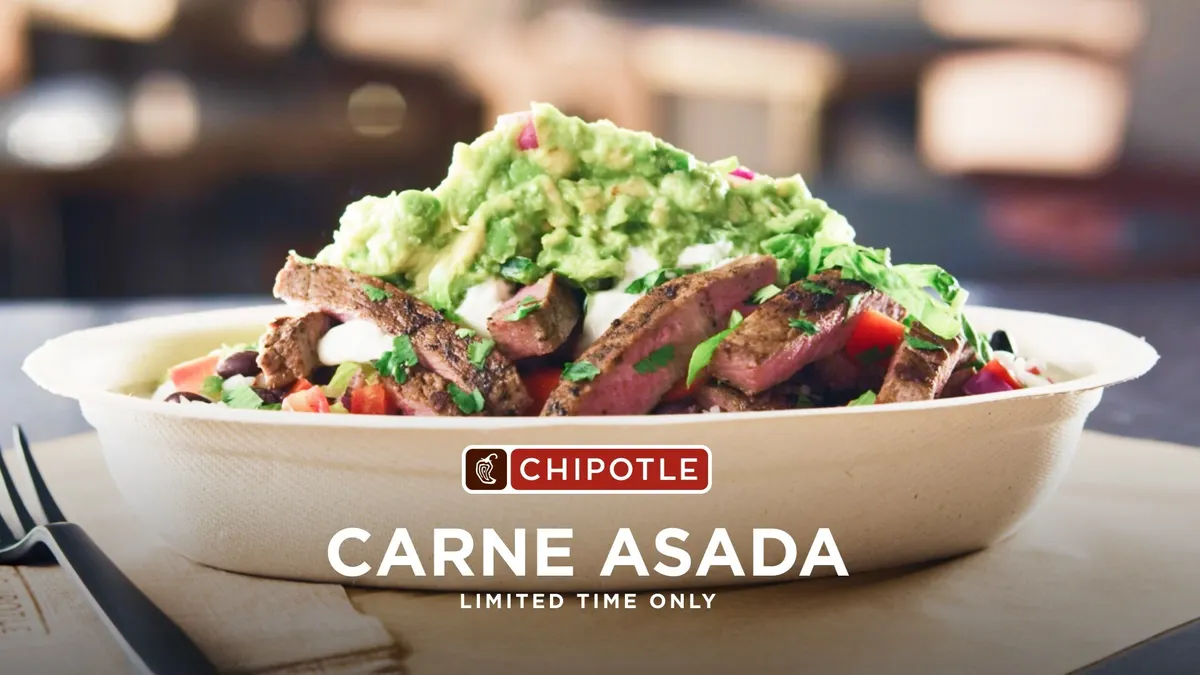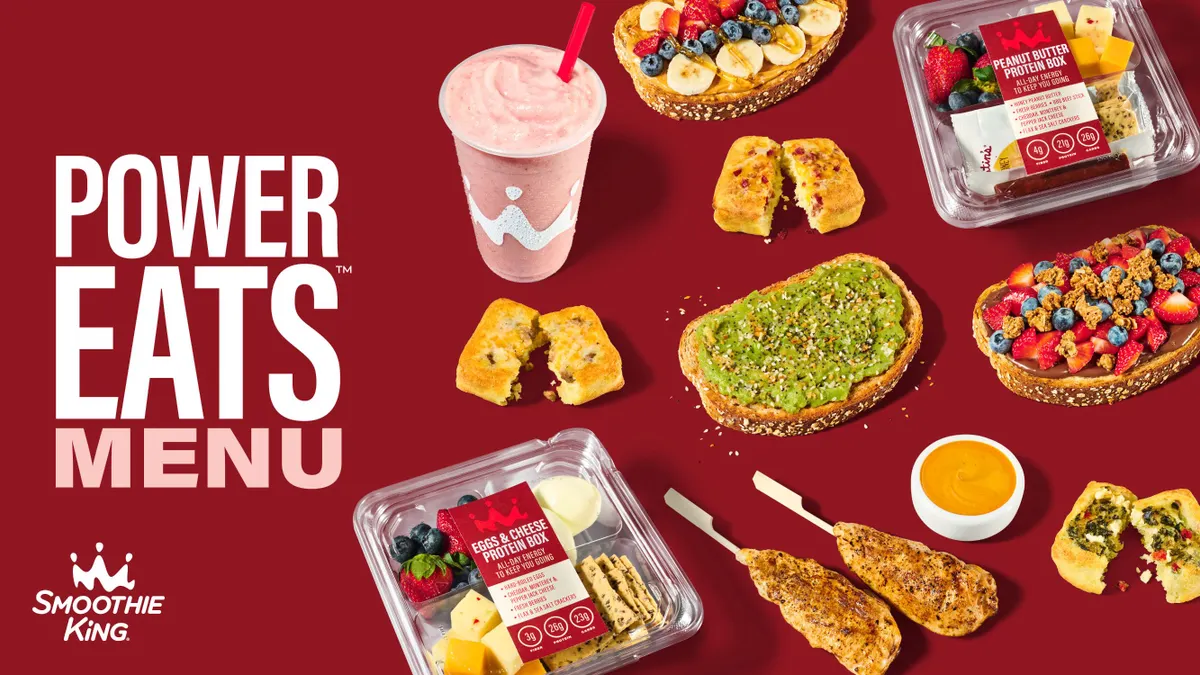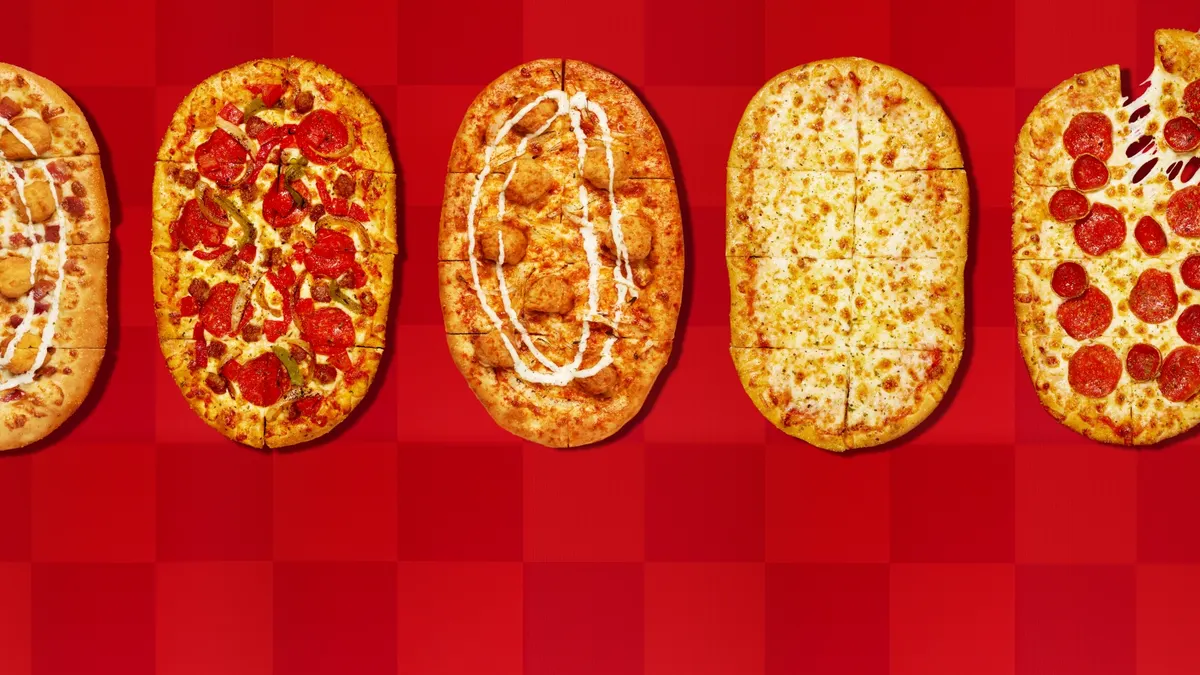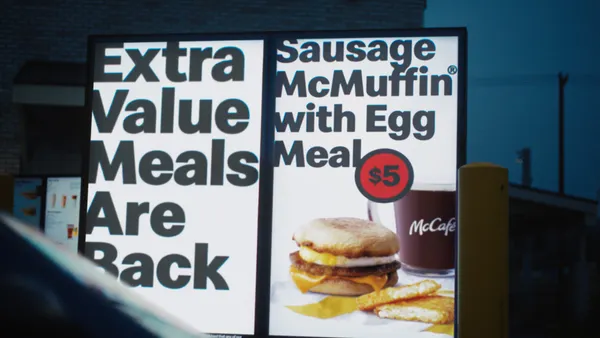As an Italian-American kid growing up in New Jersey, Anthony Amoroso, spent many Sundays at his grandmother’s house eating homemade Italian meals like meatballs and spaghetti. He brought this cultural legacy with him to Maggiano’s, where he is now vice president of innovation and growth.
“I have great affinity for this food. A great love for this food,” said Amoroso, who also has experience working at MGM Resorts International as executive chef in addition to various other restaurants.
In the first 90 days on the job, he learned how all 50 of Maggiano’s company-owned restaurants operate across more than 20 states. This was one of his biggest challenges, since his past experience included working at one location.
But Amoroso said managing hospitality across a chain is similar to managing it at a single restaurant, since “good food wins,” he said. He has also focused on getting to know the people who work at the corporate office and inside restaurants.
“I can’t say it’s been a dull moment since I’ve been in the door,” Amoroso said.
Amoroso hit the ground running with a menu revamp.
Maggiano’s menu innovation took into account past favorites that had been taken off the menu. Amaroso said his team took the recipes and elevated them with different ingredients. That meant buying 24-month aged Parmigiano Reggiano instead of cheese aged half that time, he said.
The team also brought back Maggiano’s Veal Parmesan and is using center-cut, bone-in veal with fresh mozzarella. Servers cut the veal table-side.
“So [it’s] finding strategies and ways to be able to look through the entire menu, top to bottom, and elevate every ingredient we possibly can, if that’s what it calls for,” Amarsoso said. “And from there, trying to elevate dishes.”
In addition to revamping its food selections, Maggiano’s has updated its beverage menu. For example, its Old Fashioned is served in a smoke box to add more of an experience element, he said.
Amoroso is currently working on a new dessert menu that he expects to add to the menu in the next three months.
“We focus on quality over quantity. We focus on craveable and delicious items,” he said. “We focus on elements of surprise and excitement where appropriate.”
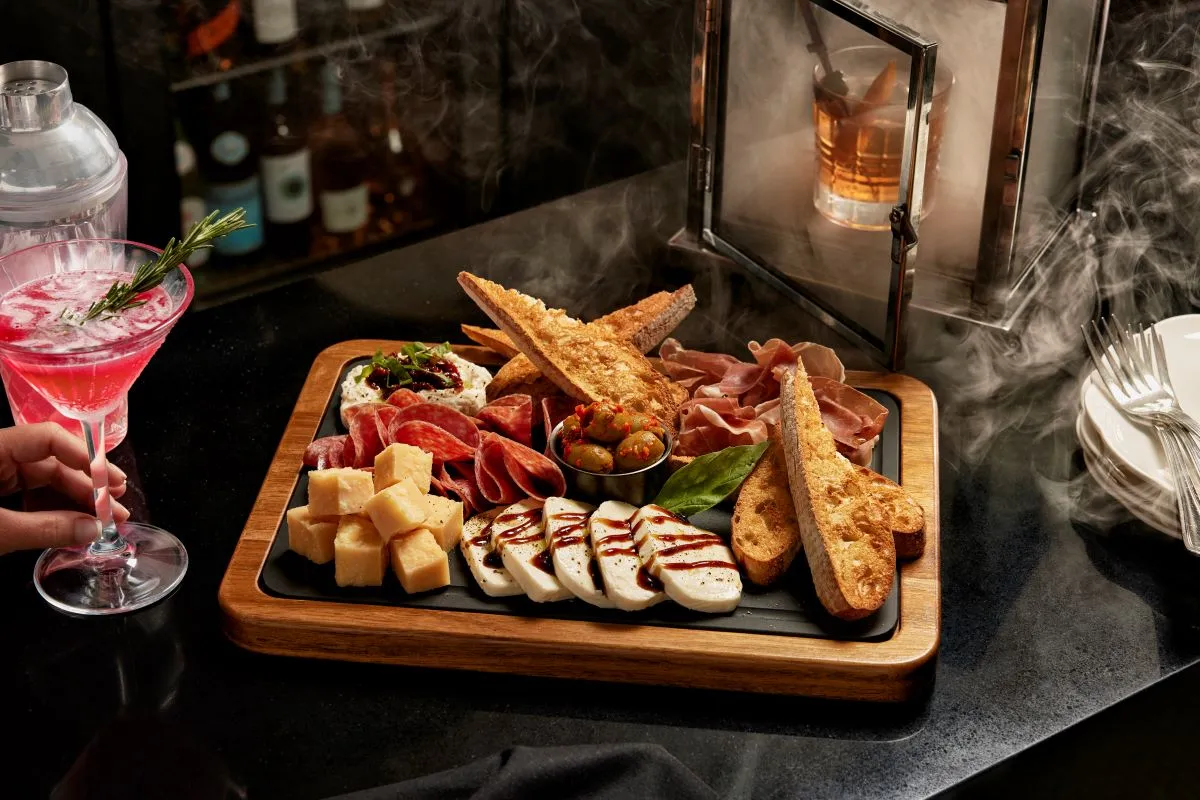
Developing new dishes
Amoroso said his team has reviewed customer feedback, sales data and other information, such as feedback from servers, to figure out what guests want.
“When we're out in the field and we're with the operators at the restaurants all the way to the servers and cooks, they're telling us what guests are asking for,” Amoroso said.
Maggiano’s has a test kitchen at the Brinker corporate office in Dallas where three chefs continually refine and test recipes. That includes looking at more than 20 different types of chicken products and evaluating them using different metrics to figure out which one is the best to use in a dish they want to develop, Amoroso said.
The restaurant brand benefits from having a chef in every restaurant, Amoroso said, which not all of its competitors tend to have, especially if they are bigger systems.
“When we get together, we speak the same language,” Amoroso said. “It’s very easy for us to be able to work together and get ideas across the large organization.”
While the company relies on technology to put out recipes and roll out menu items, there is no replacement for hands-on training, he said. Chefs come together and cook side-by-side, try the food and develop various reference points to make sure the dish will excel, he said.
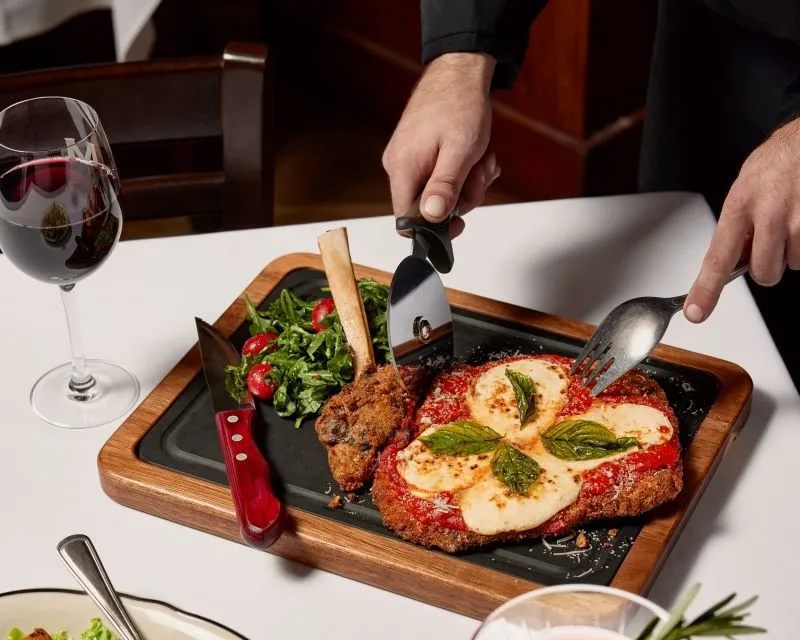
Early results
The cocktail innovation and master sommelier wine curation that Maggiano’s launched last quarter reversed a 10-year decline in alcohol sales, Brinker CEO Kevin Hochman said during an October earnings call. The Maggiano’s Old Fashioned is the chain’s number one selling cocktail, he said.
The chain’s launch of Rigatoni al la Vodka and the Maggiano’s Signature Caesar salad, which is finished tableside, have been mixing in well, Hochman said.
In addition to developing new dishes and bringing back old ones, Maggiano’s is working on menu simplification. It is removing its $6 take home pasta offerings since preparing and packaging these meals daily requires a significant amount of prep and labor and is not a profitable business driver, Hochman said.
The company will redeploy the time and investment it took to create these take home pastas into “elevating and accelerating the business,” he said.
Beyond the menu
Amoroso has also reviewed the restaurant decor to see how the dining rooms could be updated.
“We understand that everyone doesn’t have time to sit for two hours and dine,” Amoroso said. “So anything we can do that’s going to positively impact their experience — where they can get into Magginao’s [and] have that experience they want in the time they want to have it — are some of the things we work towards.”
That may mean optimizing the dining room through changes like adding more seating, he said. Each of its restaurants have large catering and banqueting spaces that could be used to add more tables, for example.
Amoroso and his team are also looking into refreshing the restaurant decor with new lighting, floors, and different colored walls to make things a bit warmer and more inviting. Many of its 50 restaurants haven’t been refreshed in a very long time, Amoroso said.
“We have a road map to touch two-thirds of those in the next 20 months,” he said.



